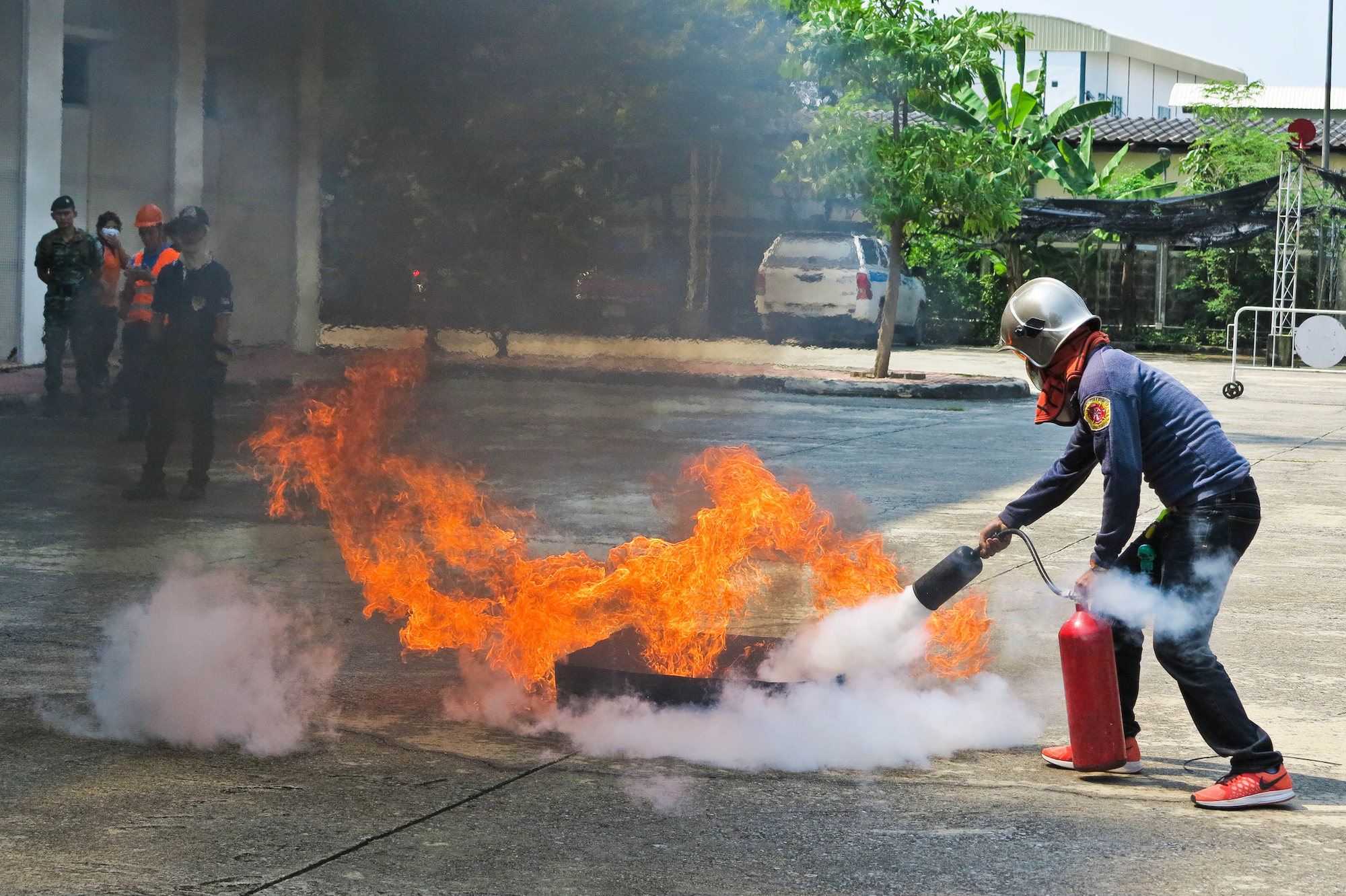
Electric scooters and personal mobility devices have surged in popularity as eco-friendly, convenient transportation options in urban areas. While this modern mobility solution is celebrated for its contribution to reducing carbon emissions and easing traffic congestion, it has significant safety concerns.
Aside from the dangers associated with riders whizzing through pedestrian walkways, or operating these electric vehicles (EVs) without sufficient protective wear, there are the risks posed by the lithium-ion batteries that power the vehicles.
Penn Today spoke with Gene Janda of the University of Pennsylvania’s Division of Public Safety (DPS), senior research fellow in the Penn Center for Science, Sustainability, and the Media Joe Romm, and Andrew Baldwin of the Philadelphia Fire Department to glean critical insights into the risks of e-scooters.
Fire safety hazards of e-scooters
Romm explains that, like all batteries, lithium-ion batteries are comprised of three main components: a negative terminal, the anode; a positive one, the cathode; and the liquid bridge that facilitates the passage of electrical current from one end to the other, the electrolyte. “However, in the case of lithium-ion batteries, that solution at room temperature happens to be highly flammable,” he says. “And the other big issue is that at the cathode oxygen is being generated, which is typical for batteries, but, when you combine this with a flammable liquid and an accident occurs, it presents unique fire safety hazards.”
Romm says that, unlike conventional fires, those stemming from these batteries result from chemical reactions, often leading to fires that resist conventional means like throwing a blanket to suppress it or dowsing it with water.
“These reactions can create fires that are rapid, intense, and notoriously difficult to extinguish,” Janda says. “These batteries can also undergo a process called thermal runaway, which results in an uncontrolled release of stored energy, leading to fires that are extremely hot and fast spreading.” In addition, Janda says, other extremely toxic gases such as hydrogen fluoride and phosphoryl fluoride can be produced from these reactions, which makes this not only a fire-safety issue but also a hazardous-materials problem.
Baldwin says the challenges firefighters face when dealing with such fires require specialized equipment, training, and strategies to properly extinguish them. “Our main concern is that the batteries are prone to reigniting,” he says. “Once we’ve managed to cool the battery down sufficiently for us to remove it from its location, like an apartment unit, it could still catch alight again—hours or even days later—so we need to devote more personnel hours to monitoring the battery after a fire.”
Preventive measures and safety advice
Janda urges several preventive strategies to mitigate the risks associated with E-scooter batteries, pointing to the resources and guidelines DPS has provided. Key among these preventative strategies is using original chargers and avoiding overcharging the scooters, which significantly reduce the likelihood of battery malfunctions.
“Using second-party products, often lacking in safety certifications from organizations such as the Underwriters Laboratories, presents a higher risk of failure,” he says. “We advise that users store their e-scooters in safe, open areas, reducing the risk of a fire spreading in case of a battery failure.” Janda also says that it’s important that users never leave their scooters charging unattended.
“Letting it charge overnight, while you’re sleeping, is the worst time to charge it,” he says. “Users need to be awake and aware so that they’re only charging until the battery is full.”
Janda and Baldwin also urge users to be aware of the signs of battery damage, such as swelling, leakage, or unusual heat generation, and to take immediate action if these signs are observed. This includes discontinuing the use of the scooter and seeking professional advice for battery replacements or repairs.
The Division of Public Safety also advises against modifying e-scooters or tampering with their batteries so as not to compromise the built-in safety features.
Challenges and future directions
Despite these efforts, challenges remain. Baldwin says the disposal of damaged lithium-ion batteries lacks comprehensive regulations, specifically for EV batteries.
Romm, however, remains optimistic, contrasting lithium-ion batteries for EVs with the normalized perception of traditional car fires, underlining the novelty and growing pains of EV technology. “Internal combustion cars have been catching fire for over a century, and in that time we’ve figured out ways to reduce that risk and tamp down the fires,” he says. “I’m confident that as EVs become the mainstream choice in the automotive sector, we’ll see great advancements in battery technology that improve their overall efficiency and safety.”







